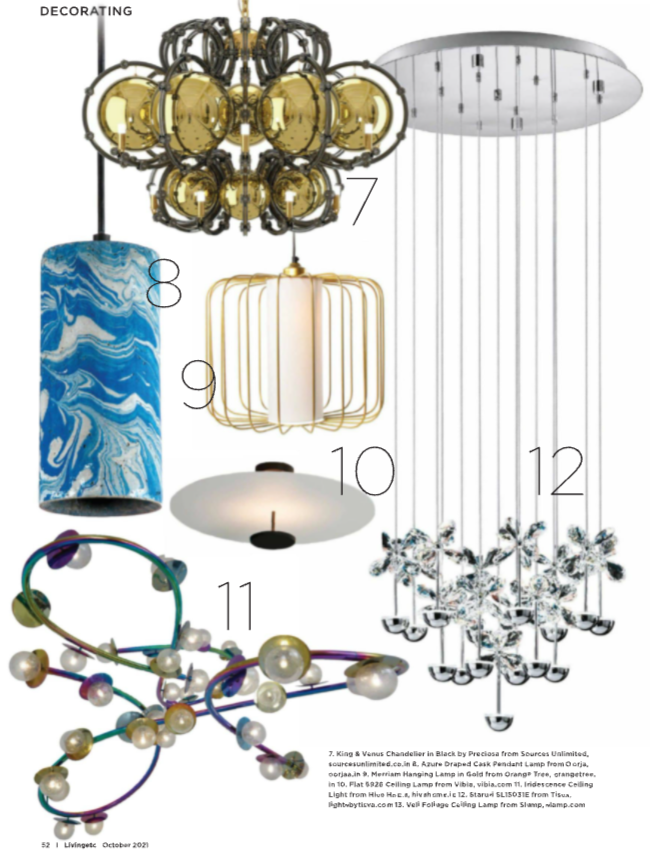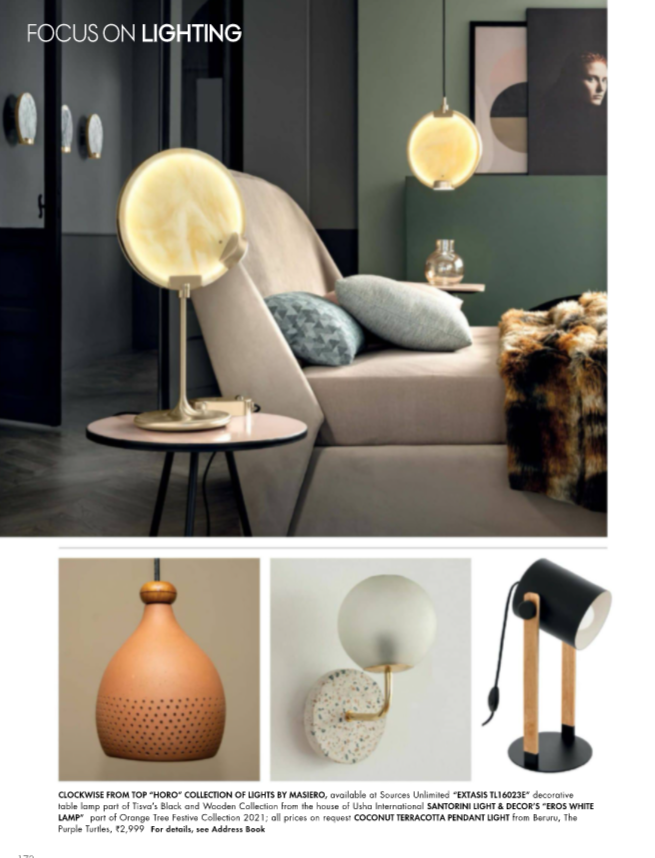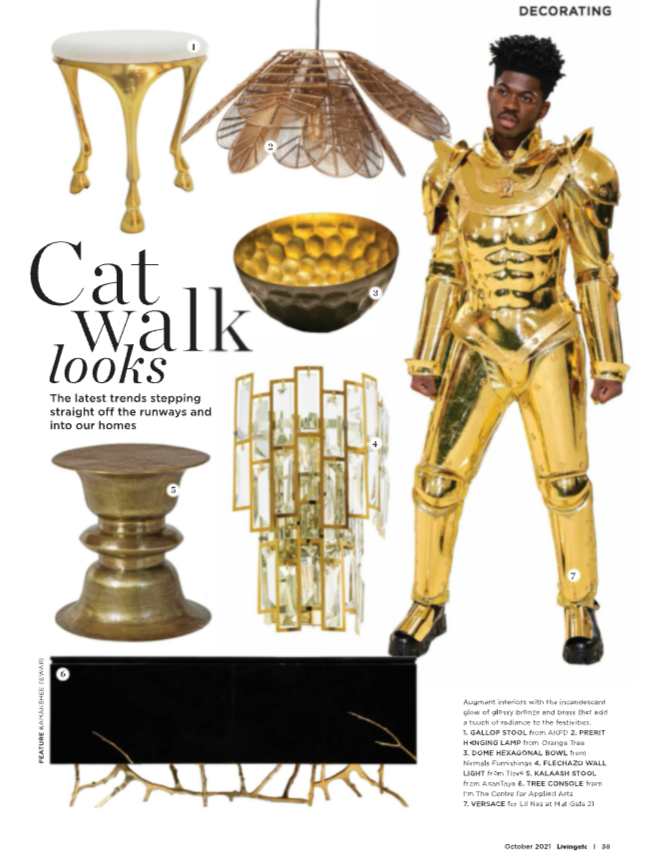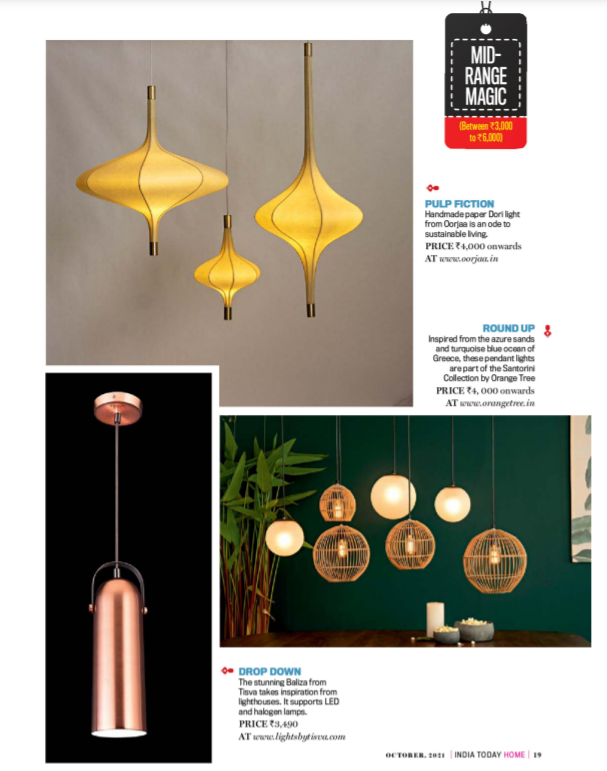It is a truth universally acknowledged that when there is light we see things and in darkness we don’t. This simple observation leads us to wrongly believe that our eyes perceive the world around us through the amount of light present. Whereas in reality our eyes perceive the world around us by the quantity of contrast present in the light and not the quantity of light itself! Let us find out how.

Visible Light
The study of light is fascinating. As little children we learn that light travels in a straight line, and later in high school that it actually travels in waves. To be visible to the naked eye, these light waves need to have a wavelength of anything between 380 to 760 nanometers. Light waves in this range are called visible energy.
We all know that light travels at an immense speed of 186,000 miles per second in vacuum and that its speed slows down while travelling through other mediums such as air, water or glass. This slowing down of speed is dependent on the densityof the medium – thicker/higher the density, slower the speed of light. This slowing down of speed causes light to bend and images to be created. This is how prisms cause light to bend and moisture/raindrops give birth to rainbows.
Since light is made up of a number of wavelengths, each wavelength gets bent/refracted at different angles when they pass through a medium (moisture/prism) resulting in the emerging beam of light to break up into a number of colours that make up the rainbow. These different colours are called spectral colours, where particular colours have specific wavelengths. How our eyes perceive these colours is called a Hue. Thus, red, orange, green, blue, yellow etc are all hues.
The Eye
The Eye and the Camera have a lot of similarity, but of course the eye is much more complicated than clicking a selfie! The process involves more than just an image being projected on our retina, through the lens. As the inverted image thereafter is converted into electrical impulses, which are then interpreted by the brain. And that is how we perceive the world around us.
The lenses in our eyes collect bundles of light from our surrounding and project them at a single place. These lenses are built up from the centre, with new cells being added every now and then. However, with age this process slows down and the lenses slowly become stiff, thereby losing their flexibility to gather bundles of light from different places and project them all at the same place. Also at times the lens focuses the image sometimes in front or behind the retina instead of on it, resulting in short and long sightedness. Fortunately most such eye defects can be corrected with a simple pair of glasses.
Right in the middle of our eye is the Iris. It can be of any colour from brown to blue and green, this pigmentation doesn’t affect vision in anyway. The iris is actually a muscle that forms the pupil, through which light passes. The purpose of the iris as a muscle is to contract and expand the lens when it is too bright or too dim.
The retina is a series of interconnected nerve cells, some of which look like cones and some rods. Both of these are at work in high illuminance or when it is too bright (this phenomenon is called mesopic), whereas only rods are at work in low light. The rods and cones translate light energy into electrical impulses which are then sent up to the brain.
The Brain
The Brain does a lot more than simply translating the chains of electrical impulses received from the rods and cones. It hypothesis with the help of previous experience and other sensory functions like touch and smell to determine what is it that we are actually seeing/perceiving. Most of the time this hypothesis is right, though at times the brain gets it wrong, when this happens it is called an illusion.
Brightness Perception
The light entering our eye is called luminance and its brightness illuminance. The latter is a measurement of the density of light on a surface, brighter the light higher will be its density and thus higher the illuminance. However Brightness is a very subjective matter. For instance when someone says “What a Bright Day” it is dependent on three factors (geographical factors aside). First the intensity of light falling on the retina; Secondly the intensity of light that fell on it in the recent past and lastly the intensities of light falling on other parts of the retina –the contrast factor. For example a given region will look brighter if it is surrounded by darker areas. Similarly if we walk out into the sunlight from a very dim place, the outside will look much brighter than it is. Also our cone and rod receptors adapt at different pace – with cone adaptation taking seven minutes and rod adaptation about an hour.
Colour Perception
Colour is also determined by its brightness. The middle colours of the light spectrum are brighter than its end colours (just like the colours of the rainbow). Even the sensitivity of our rods and cones differ with these various colours, with cones being more sensitive to yellow and rods to green.
The visible colour spectrum is made up of five colours: violet, blue, green yellow and red. All other colours can be obtained by mixing any of these colours in varying proportions or intensity. Technically speaking it is called ‘hue’ and not ‘colour’ when it comes to light (as we learnt before in Visible Light). It is also important to remember that light itself is not coloured, only its sensation is. Thus a colour comes into being only when it is associated with a nervous system, which interprets the various wavelengths of light into different colours. Therefore when someone says “yellow light” it means a light wavelength which gives the brain a sensation which language calls yellow.
The eyes have only three kinds of colour receptors – violet, green and red. All other colours in the world are sensed by the brain through a mixture of signals from these three types of receptors. Where what we perceive as white is simply general illumination. A white candlelight flame in the dark will appear yellow under white electric light. This is because the reference of white shifts with brighter illumination.
There is also something called Colour Constancy, which can be defined as, a knowledge of the normal colour of the object. This phenomenon leads us to know that a tomato is red and a grass is green. We also know from experience that apples are red and oranges are oranges and since the brain identifies colours partly by experience and stored knowledge (as explained under The Brain), these colours tend to appear richer. Thus the colour of an apple may not be the very rich red that it appears to be. In our brain there are columns of cells, which store visual memory. Depending on which columns get excited by the electrical impulses sent by the rods and cones, the brain is swiftly able to recognize colours and objects.
The Sense of Sight
Visual perception is thus based on contrast and not amount of light entering our eye. It is the difference between light and dark that allows us to view the world. A minimum amount of light is necessary to see any object, but it is to the average intensity that the eye responds and not to the total amount of light entering the eye.
The eye is thus contrast sensitive, it detects the world around us by differences in contrast.










